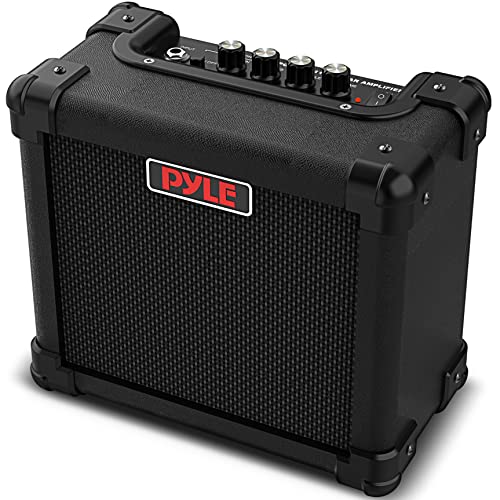I'm not saying you *need* to do any of these things. You could be fine for a while just changing the tubes. If you bought the amp used, it may already have been re-capped and updated.
Here you will find schematics and information on the components, including a grid that shows you component location:
http://raktron.com/studio22/
I can help you with sourcing the actual resistors and capacitors (I don't have that info with me at the moment, but I'll get it to you).
Servicing should only be done by someone with electronics safety training. The caps can hold a lethal charge and must be drained. To remove the chassis, remove the tubes, remove the 4 screws on the top of the amp, and slide the chassis out the back. You'll see a printed circuit board in which all of the components are on the bottom side. If you see any parts on the top, that's a sign the amp has been serviced or repaired. The easy way to replace a part is to drop the old one out the bottom and mount the new one on the top of the board, and that is what most technicians do to save time.
I prefer to remove all the pots from the front panel so I can flip the board over and replace the components on the bottom side so the end result looks more professional.
What does the R131 mod do? The original 1 Watt resistor just can't handle the current, so in some amps it just overheats and burns up. The 2 Watt replacement can take the heat just fine.
How do you make the reverb louder?
After looking at the schematic, my first impression is that you might achieve this by replacing R232 with a smaller value of resistor. (At least I'm pretty sure it's R232 - the numbers on the schematic are almost unreadable, but one end of this resistor is tied to pin 7 of tube socket V3). The original part is 330k, so you could try a 270k and see what happens. Just remember that such experimenting can sometimes yield undesirable results, like strange tonal changes or oscillations.
If that doesn't work out, there is a nearby 220k resistor, which I'm guessing is R223 (also tied to V3 pin 7), but once again - the numbers on the schematic are impossible to read. If you increased the value of this 220k resistor, it might reduce the actual dry guitar signal that gets mixed with the reverb signal, making the existing reverb seem louder. In addition to weakening your signal, this could also cause undesirable changes in tone, so experiment at your own risk.
The other possibility would be to bypass the factory reverb and modify the amp for a big external reverb, like an Accutronics 9AB3C1B (17" long, 3 springs, which would sit in the bottom of the amp cabinet). It might improve on the sound of the reverb and possibly provide a stronger signal.
Stuff like that is experimental, so you have to be prepared for strange results, unwanted distortion, minor explosions, etc.























